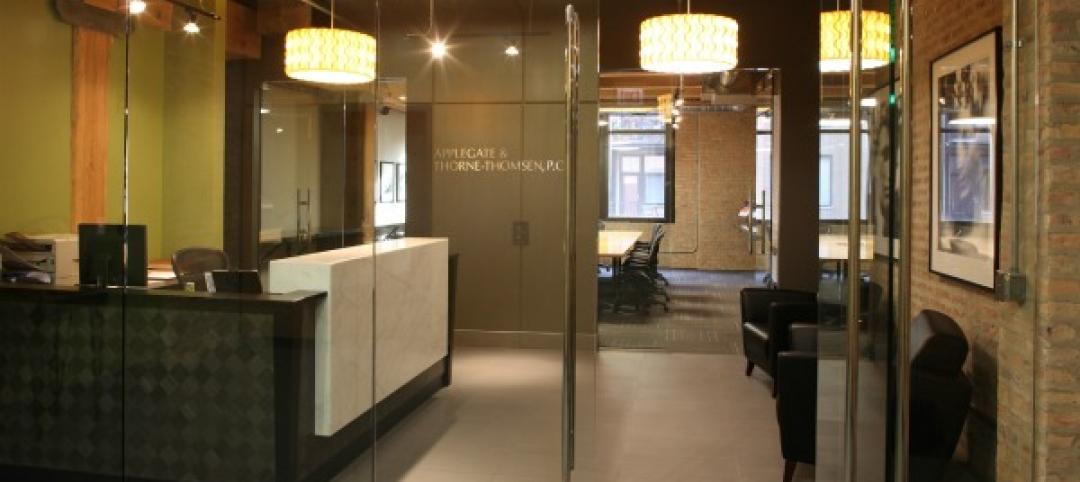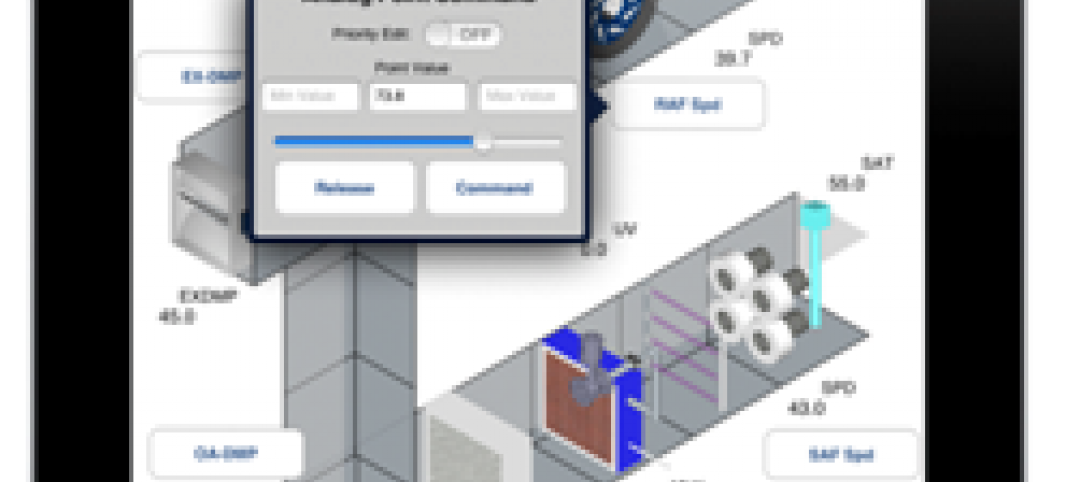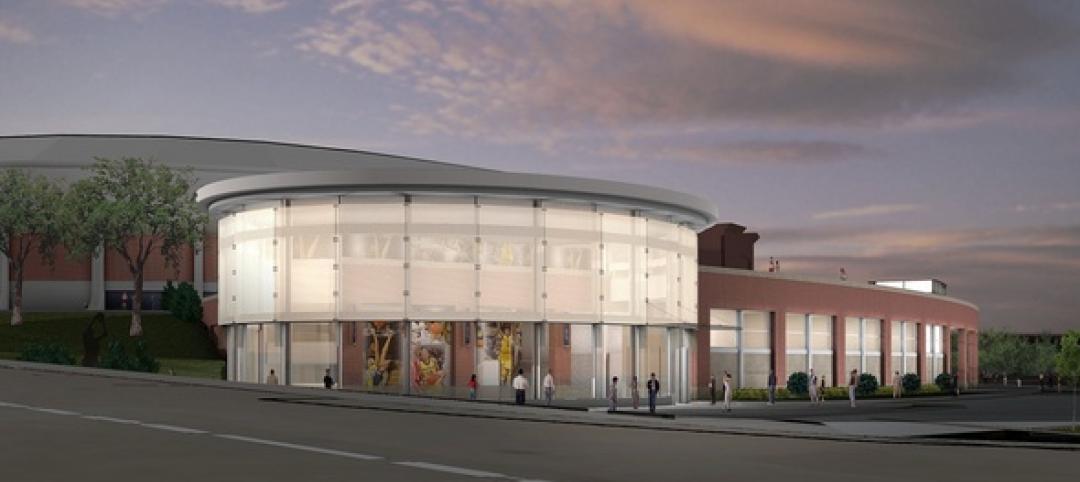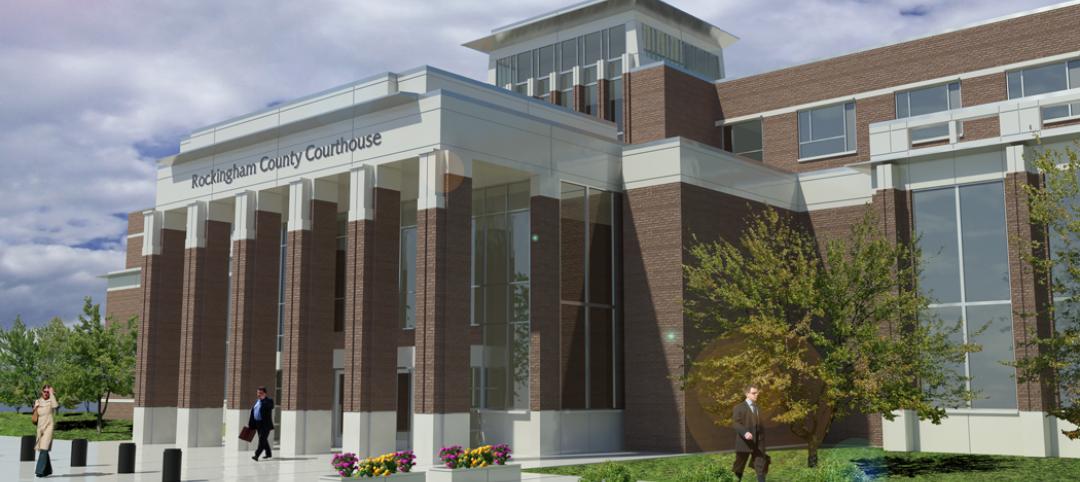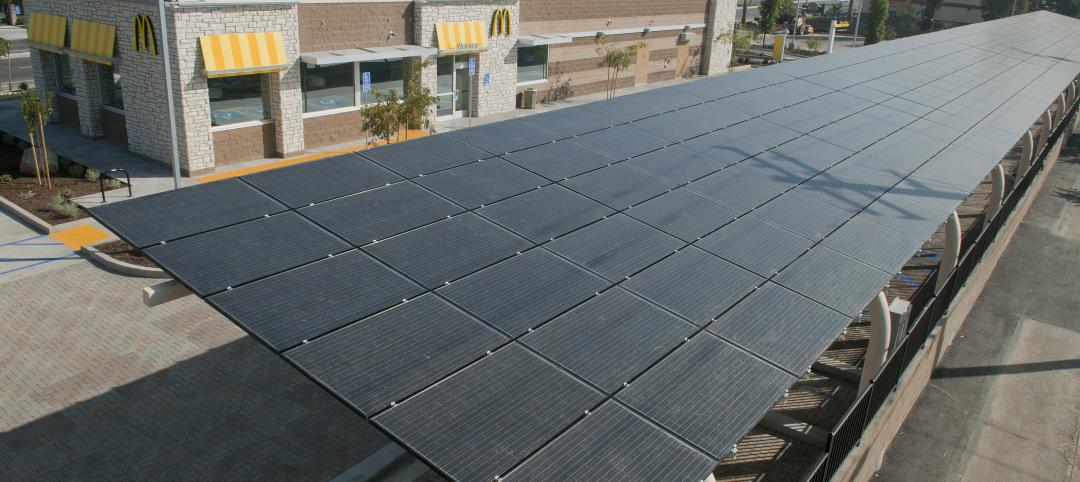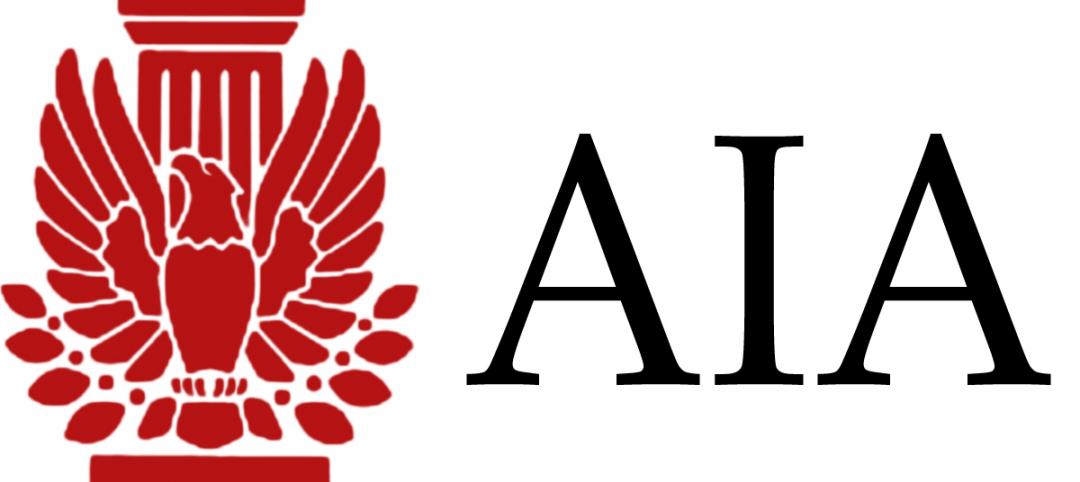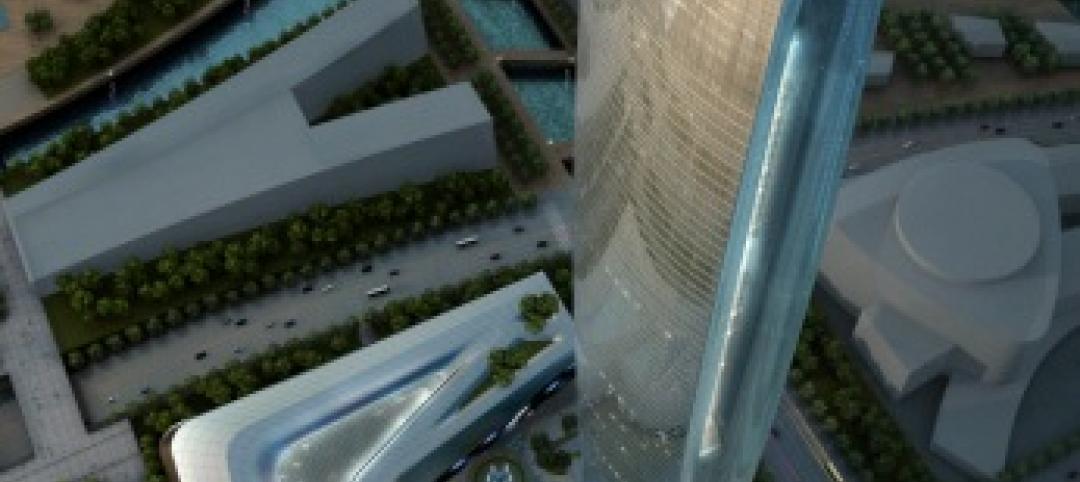Construction work is demanding—both physically and mentally—and the likelihood of injury or disability is higher than other sectors. As an industry, we have done an excellent job at emphasizing and improving site safety so that everyone goes home safe every day. But what about going home healthy?
While formal regulations, planning, and union collective bargaining agreements have helped address many health and safety risks, more holistic health and wellness issues, such as dehydration, weight management, poor air quality, and stress, are less commonly addressed.
New research on wellness in the construction sector highlights interventions that could be effective in addressing these issues.
1. Hydration stations. Dehydration can cause cognitive impairment and acute illness, and is linked with long-term health consequences like kidney stones and bladder cancer. Convenient, visible access to water is often considered the first step in addressing worker dehydration. In fact, many municipal and state laws require construction companies to supply water on their jobsites. Structure Tone’s Boston office not only supplies water to its jobsites, but goes one step further by delivering it from a hard-plumbed water source, which reduces the chance for contamination associated with a standard, five-gallon jug water dispenser system.
2. Access to healthy food. The prevalence of overweight employees within the construction industry is significantly higher than the general adult population. This has obvious health implications, but also business implications. Obesity can increase the risk of workplace disability, as well as decrease work ability and performance. Leading construction companies are addressing this issue head on. Turner Construction, for example, has implemented “wellness trailers” equipped to not only handle immediate medical responses, but also to help address chronic health issues such as obesity and Type 2 diabetes by providing healthy food and educational resources. Similarly, BCCI Construction recognizes the limitations of food storage on jobsites and has started providing food and beverages that are low in sugar and high in protein.
3. Space and tools for mindfulness. Workplace stress is linked to depression, anxiety, and even suicide. Empirical research on mindfulness in the construction sector supports the proposition that it could be beneficial to workers. Lendlease, for example, has recognized the importance of integrating mental health into its culture. Acknowledging that construction employees are more likely to experience high levels of stress, anxiety, and depression, they introduced Wellbeing Leave in 2015, which gives all employees one day every four months to address any health and wellbeing needs. Almost 70% of Lendlease’s employees used their Wellbeing Leave in 2018.
4. Improved air quality. Many construction companies use air quality monitoring and mitigation efforts such as water trucks, wind break installation, and stockpile coverings to manage air quality. Innovative companies, such as Pepper Construction, are going a step above by also addressing air quality within site trailers. Pepper’s trailers include such features as low-VOC/Greenguard Gold-certified acoustical panels and sheetrock, green cleaning supplies, walk-off mats, and operable windows that can provide fresh air.
Wellness in construction: The WELL Building Standard
Wellness features like these on construction sites aren’t just a minor workplace perk but a competitive advantage. Occupational injuries and illnesses cost the global economy over $1.25 trillion, with a disproportionately high rate of recorded accidents in the construction industry. Physically healthier, more mindful employees may be a key component to addressing this issue.
Luckily, construction organizations don’t have to start from scratch. Many of the wellness features outlined in the WELL Building Standard, such as those relating to the mind, nourishment, water, air, and physical activity, can be implemented outside of the typical corporate office on worksites and within construction trailers. Some forward-thinking construction companies like Structure Tone and BCCI have pursued WELL certification for their corporate offices to navigate and institute the associated behavioral changes before migrating those health and wellness opportunities to the jobsites.
BCCI has recently started surveying employees on jobsites to help identify the key impacts and strategize what wellness features to implement. What’s more, the Sustainability Construction Leaders group—sustainability leaders from national construction firms—and the resources behind the wellness building movement are ready to further help the industry integrate healthy workplace practices for construction workers.
About the Authors
Stephanie Timm, PhD, Senior Director, Delos; Whitney Austin Gray, PhD, Senior Vice President, Delos; Kena David, Director of Sustainability, BCCI Construction; Halie Colbourne, Sustainability Associate, BCCI Construction; Jennifer Taranto, Director of Sustainability, Structure Tone
Related Stories
| Jan 26, 2012
Summit Design+Build completes law office in Chicago
Applegate & Thorne-Thomsen's new office suite features private offices, open office area, conference rooms, reception area, exposed wood beams and columns, and exposed brick.
| Jan 24, 2012
New iPad app ready for prime time
Siemens’ versatile application connects users to APOGEE BAS control and monitoring functions via wireless network connectivity. The application directly interacts with BACnet/IP and Siemens APOGEE P2 field panels.
| Jan 24, 2012
Vyhanek joins Thornton Tomasetti’s Kansas City office
Vyhanek will assemble a new MEP team in the Midwest to support Building Performance and Property Loss Consulting practices.
| Jan 24, 2012
U of M installs new lighting at Crisler Player Development Center
Energy efficient lighting installed at PDC reduce costs and improves player performance.
| Jan 24, 2012
Rockingham County Judicial Center receives USGBC Gold NC v.2.2
The Rockingham facility is the first judicial center in North Carolina to seek certification from the U.S. Green Building Council’s LEED Building rating system.
| Jan 19, 2012
LEED puts the 'Gold' in Riverside golden arches
McDonald's restaurant recognized for significant energy savings.
| Jan 19, 2012
Odebrecht and Braskem bring sustainable award to U.S. university students
The Odebrecht Award for sustainable development rewards future leaders in engineering and chemistry.
| Jan 19, 2012
BOKA Powell-designed facility at Texas A&M Bryan campus
The new facility provides programs for the Texas A&M Health Science Center, the Texas Brain and Spine Institute, Mary Crowley Cancer Research Centers, and Blinn College Allied Health programs.
| Jan 18, 2012
ABI positive for second straight month
All regions except for the West showing improved demand for design services.
| Jan 17, 2012
SOM Chicago wins competition to design China's Suzhou Center
The 75-level building is designed to accommodate a complex mixed-use program including office, service apartments, hotel and retail on a 37,000 sm site.



